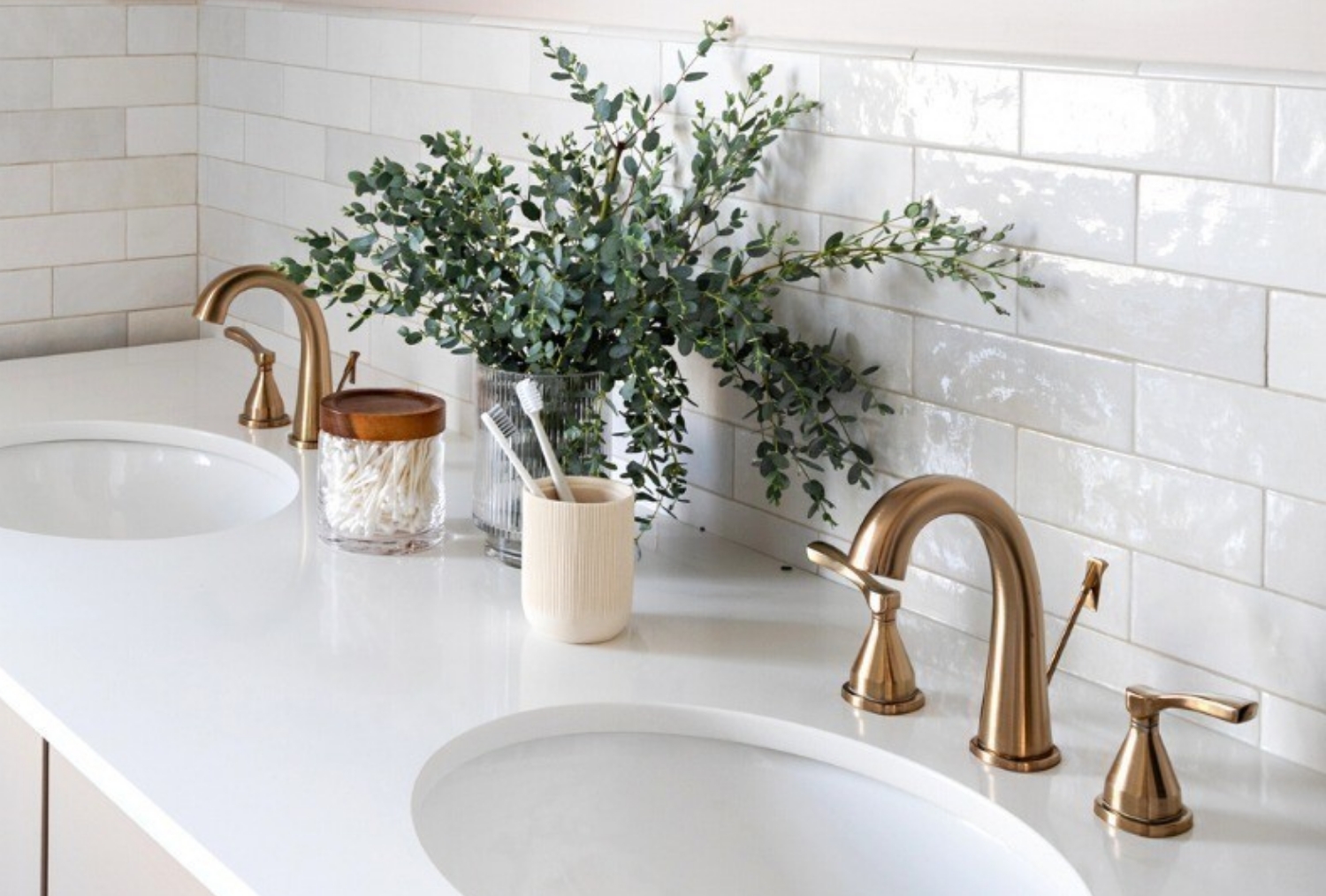Have you ever faced plumbing issues while trying to improve your home? If yes, then this guide on how to remove hidden aerator from bathroom faucet is exactly what you need! Installing or fixing faucets can seem like a daunting task, but understanding the nuances can make a remarkable difference. Here we will provide you with a detailed process and essential tips that can lead to life-changing plumbing solutions.
In the world of home improvement, the hidden aerator often goes unnoticed. However, recognizing its function and the correct procedures to remove it brings you a step closer to enhanced faucet efficiency. Lets delve right into the step-by-step process of tackling this.

Understanding the Aerator: What it Is?
An aerator is a small device attached to the tip of the faucet that breaks up the stream of water, allowing for a more efficient flow and reduced water usage. The shocking reality is that over time, aerators can become clogged due to mineral accumulation, which can lead to low water pressure. Knowing how to remove hidden aerator from bathroom faucet is a game-changer when it comes to maintaining optimal performance.
Step-by-Step Guide to Remove Hidden Aerator
To ensure that the task at hand goes smoothly, please follow these essential steps:
- Gather Your Tools: Before you begin, make sure to gather the necessary tools. You will need pliers, a cloth, and, if available, a specialized aerator tool.
- Turn Off the Water Supply: Safety first! Make sure to turn off the water supply to avoid any unnecessary spills.
- Locate the Aerator: The aerator is often concealed behind an ornamental cap. Look closely at the faucet spout to spot the hidden aerator. You may need to consult a manual for certain faucet models.
- Loosen the Aerator: Use pliers or your hand to grip the aerator gently. Apply a cloth to protect the finish of your faucet. Turn it counterclockwise to loosen it.
- Remove the Aerator: Once its loose enough, carefully unscrew the aerator from the faucet. Be cautious as debris might fall when removing it.
Why You Should Regularly Clean Your Aerator
Cleaning and maintaining your aerator is critical for prolonging the life of your faucet. A damaged or clogged aerator can lead to wasted water and increased bills. Repairing a Delta bathroom faucet can also be made simpler by keeping the aerator in good condition.
3 Common Problems with Aerators and Their Solutions
- Low Water Pressure: This may occur if the aerator is clogged. Regular cleaning will mitigate this issue.
- Leaks: If you notice leaks, replacing the aerator might be necessary.
- Dirt and Deposits: Over time, dirt can build upon the aerator. A simple soak in vinegar can help.
Maintenance Tips for Your Faucet
Maintaining your faucet is just as crucial as understanding how to remove hidden aerator from bathroom faucet. Here are some effective tips:
- Regular Inspection: Inspect your faucet periodically for any signs of wear and tear.
- Use Vinegar: Soak the aerator in vinegar for a few hours for a cleaning boost.
- Monitor Water Supply: Ensure no water is leaking around the faucet joints regularly.
When Should You Call a Professional?
While many minor plumbing tasks can be handled by yourself, certain situations call for a professional plumber. If after following the above steps you still face issues, it might be time to consult an expert.
Conclusion
Performing routine maintenance and understanding how to effectively remove and clean the aerator can keep your bathroom faucet running smoothly. The insightful knowledge provided in this guide can empower you to handle plumbing issues like a pro.

Frequently Asked Questions
What tools do I need to remove a hidden aerator?
You generally need pliers, a cloth to protect the finish, and possibly an aerator tool depending on your faucet model.
Can I use vinegar to clean the aerator?
Absolutely! Soaking the aerator in vinegar is a terrific way to dissolve mineral build-up.
How often should I clean my faucet aerator?
It is recommended to inspect and clean your aerator every six months to maintain proper water flow.
As an Amazon Associate, I earn from qualifying purchases.






